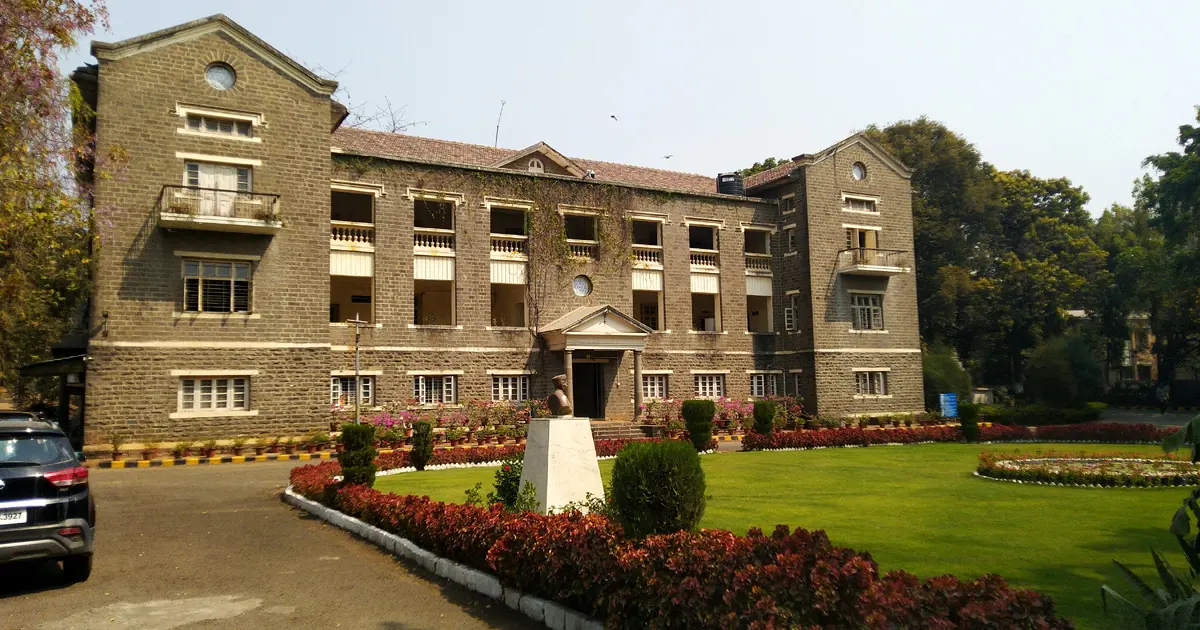Pune’s Agarkar Institute develops novel molecule for treating Alzheimer’s disease
26 Oct 2024

Scientists from Agharkar Research Institute, Pune, an autonomous institute of Department of Science and Technology, have developed novel molecules for the treatment of Alzheimer's disease (AD).
Prasad Kulkarni and Vinod Ugale, both SERB TARE Fellows, designed and synthesised the novel molecules through synthetic, computational, and in-vitro studies.
These are non-toxic molecules and could be effective in the treatment of the disease.
The scientists also developed a rapid one-pot, three-component reaction with high synthetic yields to generate these novel molecules.
Using in-vitro screening methods to assess the potency and cytotoxicity, these molecules were found to be non-toxic and effective against cholinesterase enzymes. These molecules were found to be highly selective for acetylcholinesterase.
During molecular dynamics simulation, they have also shown good stability in the interactions with amino acids.
These molecules were also found to be good dual cholinesterase inhibitors. When optimised, these molecules could be more effective anti-AD ligands, says an institute release.
The potential of these molecules were validated through scientific approaches and were found to hold the potential for ensuring holistic health and wellness. These molecules, in combination with other drugs, could be used to develop dual anti-cholinesterase drugs to treat AD.
The researchers plan to carry out further studies and synthesise novel substituted carbazole and chromene clubbed analogs with additional anti-AD properties.
Alzheimer's disease is caused by the disruption of process of communication in the brain, which results in shortcomings in learning and memory as well as changes in adaptive behaviour.
The nervous system uses Neurons, specialised cells within the brain, to pass on information within and outside the brain. Alzheimer's disease disrupts this communication, causing limitations in learning and memory and changes in adaptive behaviour.
AD is caused by imbalance in certain hormones and is the most common form of dementia, constituting around 75 per cent of all cases. Dementia affects about 55 million people worldwide, with Alzheimer’s accounting for 60-70 per cent.
The disease is caused by age-related brain changes as also generic, environmental and lifestyle factors and affects mostly people over the age of 65.
Treatment may slow dementia and improve quality of life, but these conditions and symptoms of the disease worsen over time.
Current treatment options are limited to one N-methyl-D-aspartate receptor antagonist (Memantine) and three anti-cholinesterase drugs (Donepezil, Rivastigmine, Galantamine). These, while offering short-term benefits, causes serious side effects and are hence used mainly in clinical applications.






















